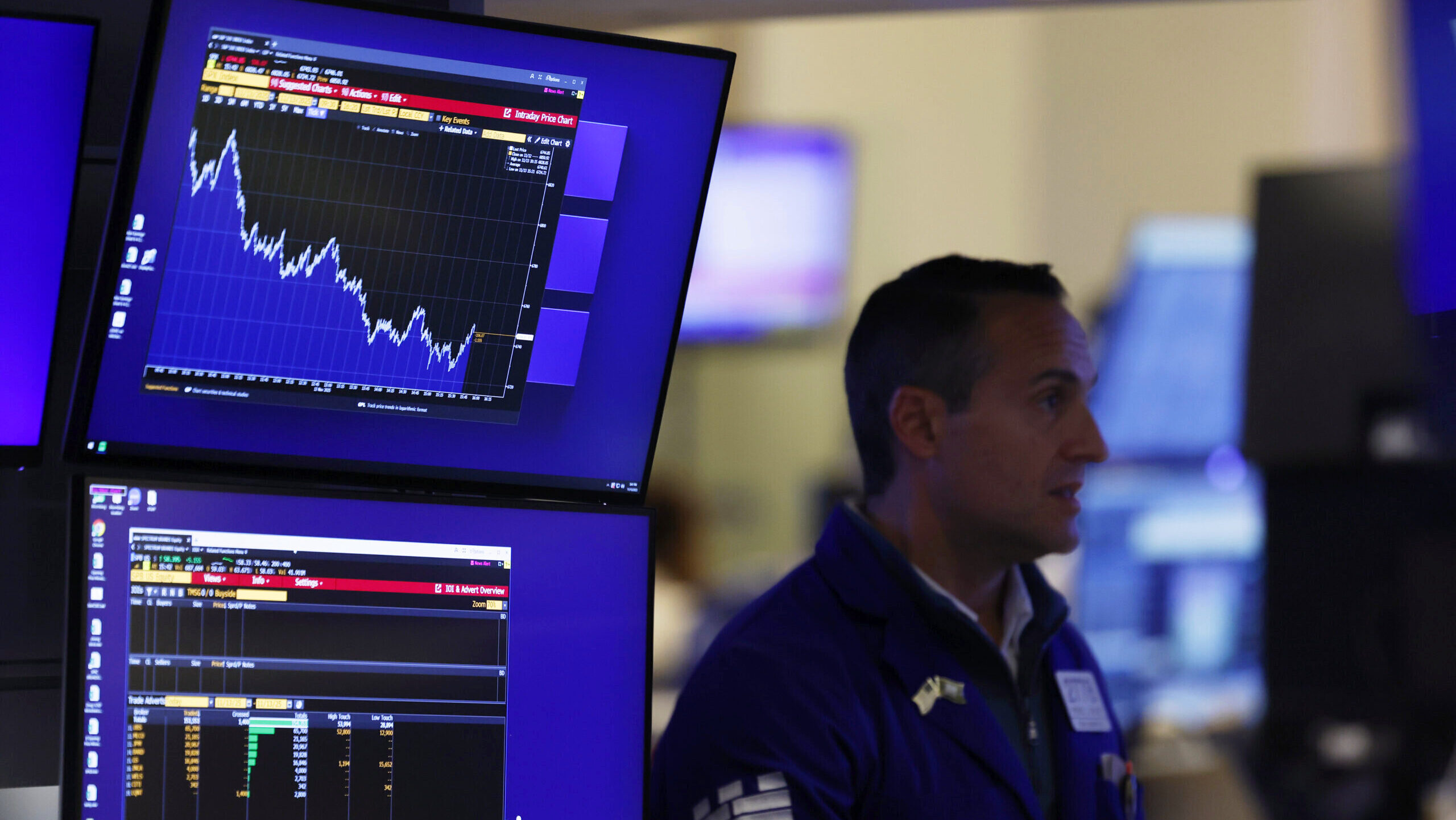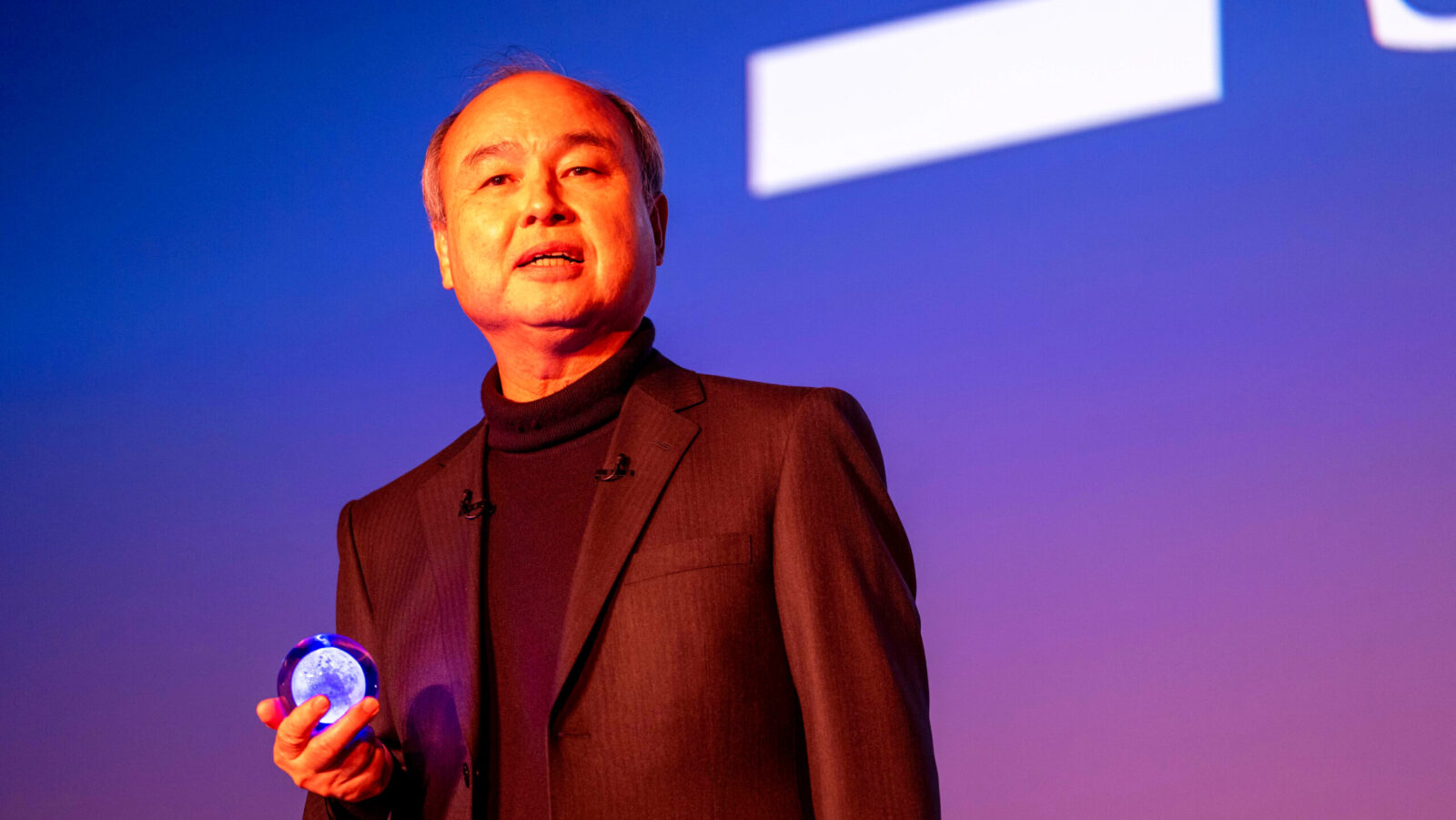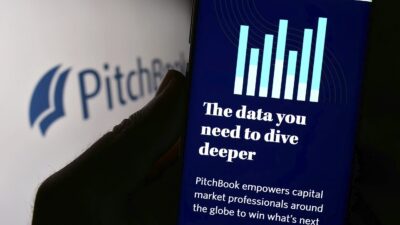Hedge Funds Start to Hedge Their AI Bets
Wall Street’s smart money is starting to take out some short positions on the AI trade, albeit mostly around the industry’s fringes.

Sign up for smart news, insights, and analysis on the biggest financial stories of the day.
It’s certainly not a Big Short. More like bigger than expected.
According to Goldman Sachs’ latest report on hedge fund positioning, seen by the Financial Times on Monday, Wall Street’s smart money is starting to take out some short positions on the AI trade, albeit mostly around the industry’s fringes. Still, the skepticism comes amid growing fears of a broader AI bubble, which yesterday’s rally hardly ended.
Billion-Dollar Bubble Busters
To be clear, hedge funds aren’t big-game hunting. Microsoft, Meta, Amazon, Alphabet and Nvidia remain the five most common long bets among funds analyzed by Goldman (Tesla, on the other hand, holds its position as one of the most popular short bets on Wall Street, with nearly $33 billion in short positions against it). Instead, the smart money appears to be on the hunt for companies swept up in the hype machine that may be flying too close to the sun.
Cases in point: Palantir ($9.9 billion in short positions), Oracle ($5.4 billion), Intel ($4.6 billion), and Qualcomm ($4.4 billion). Goldman analysts also flagged which companies received the highest short interest as a percentage of market cap, a figure that might be a little more reflective of where Wall Street sees froth:
- Bloom Energy, which makes on-site fuel cells for data centers, has seen its share price pop over 300% so far this year but now has a short interest that amounts to 18% of its public float. CoreWeave, the only major AI cloud provider with sub-investment-grade bonds, has short interest as a share of public float at 12%, while Robinhood, whose stock has climbed nearly 200% on the AI trading wave, is at 7%.
- In sum, the median S&P 500 short interest as a percentage of market cap (2.4%) is at its highest level in five years and above the long-term average since 1995. Short interest in the tech-heavy Nasdaq 100 is even higher, at 2.5%, while short interest in the Russell 2000 is at 5.5%.
Cut Off: The uptick in shorts doesn’t necessarily spell doom. The S&P 500 clawed more than 1.5% higher on Monday, after falling 2% last week, while the tech-heavy Nasdaq Composite had its best day since May. The rally was sparked in part by comments from New York Fed President John Williams, who said on Friday that he sees labor weakness as a bigger threat than inflation. CME’s FedWatch tool now shows odds of a December rate cut at 81%, compared with just 42% a week ago.











